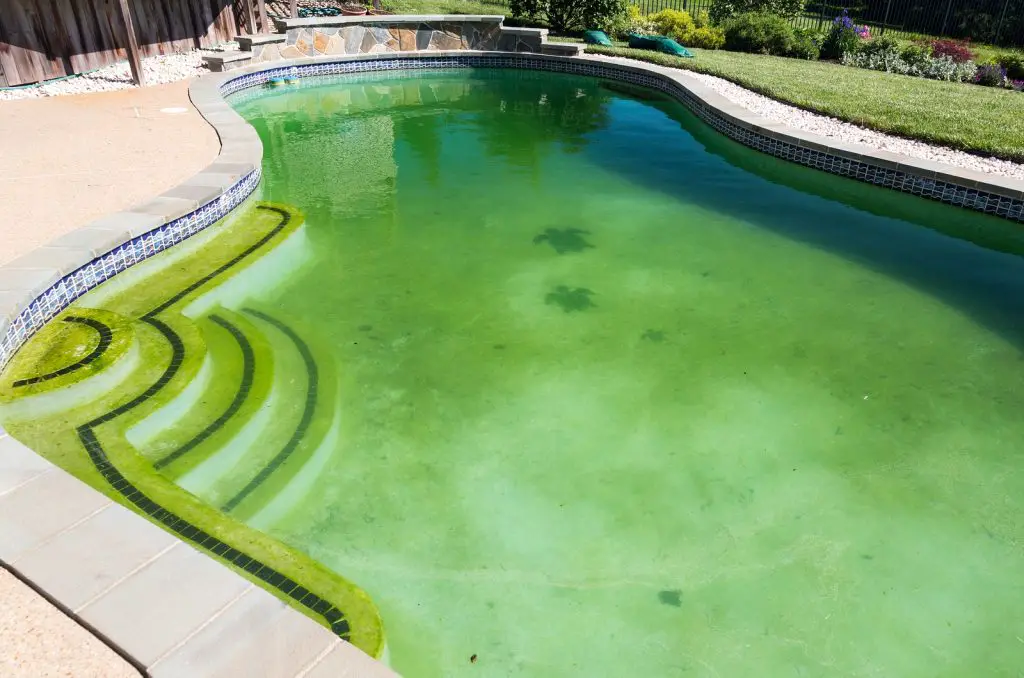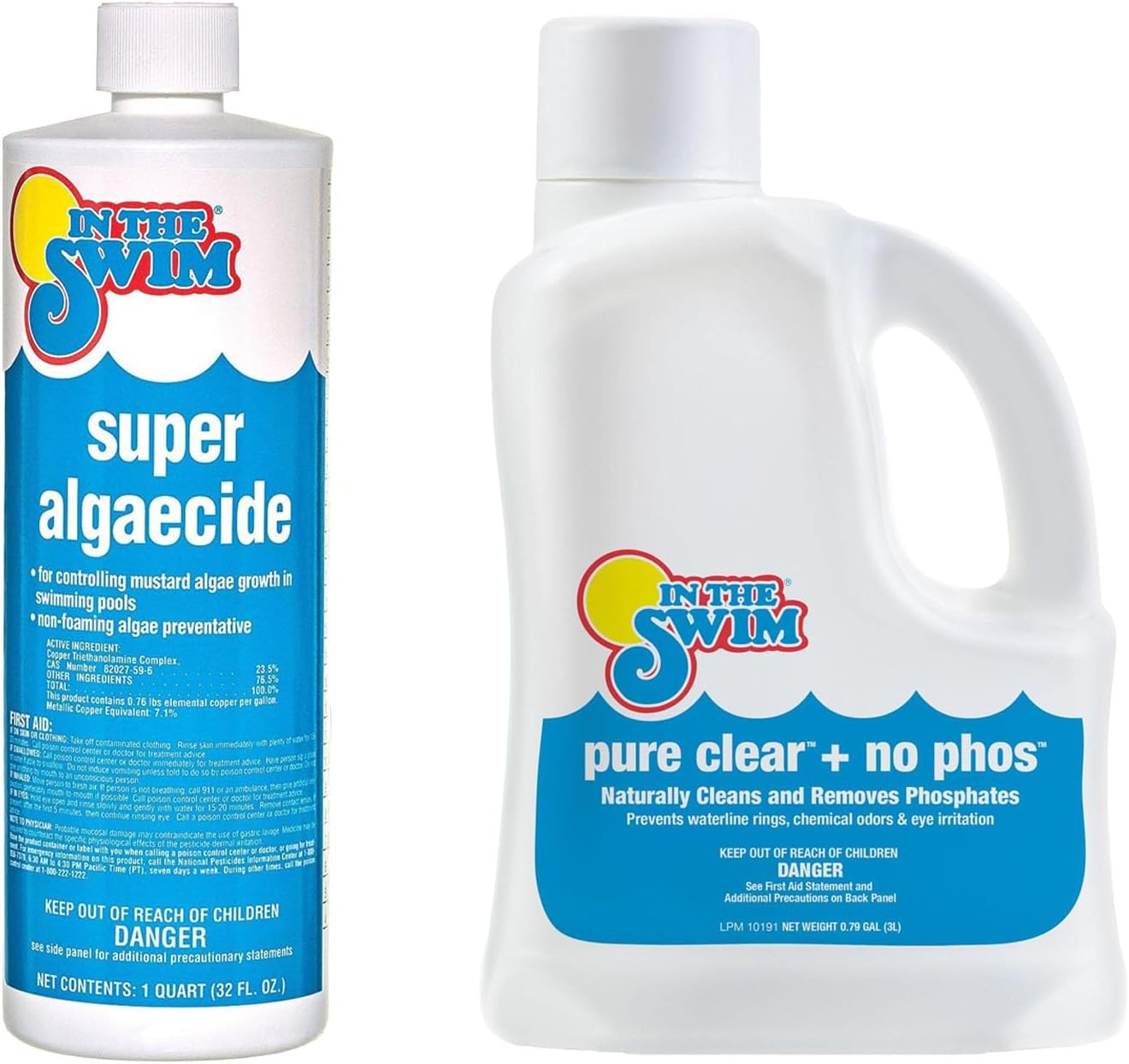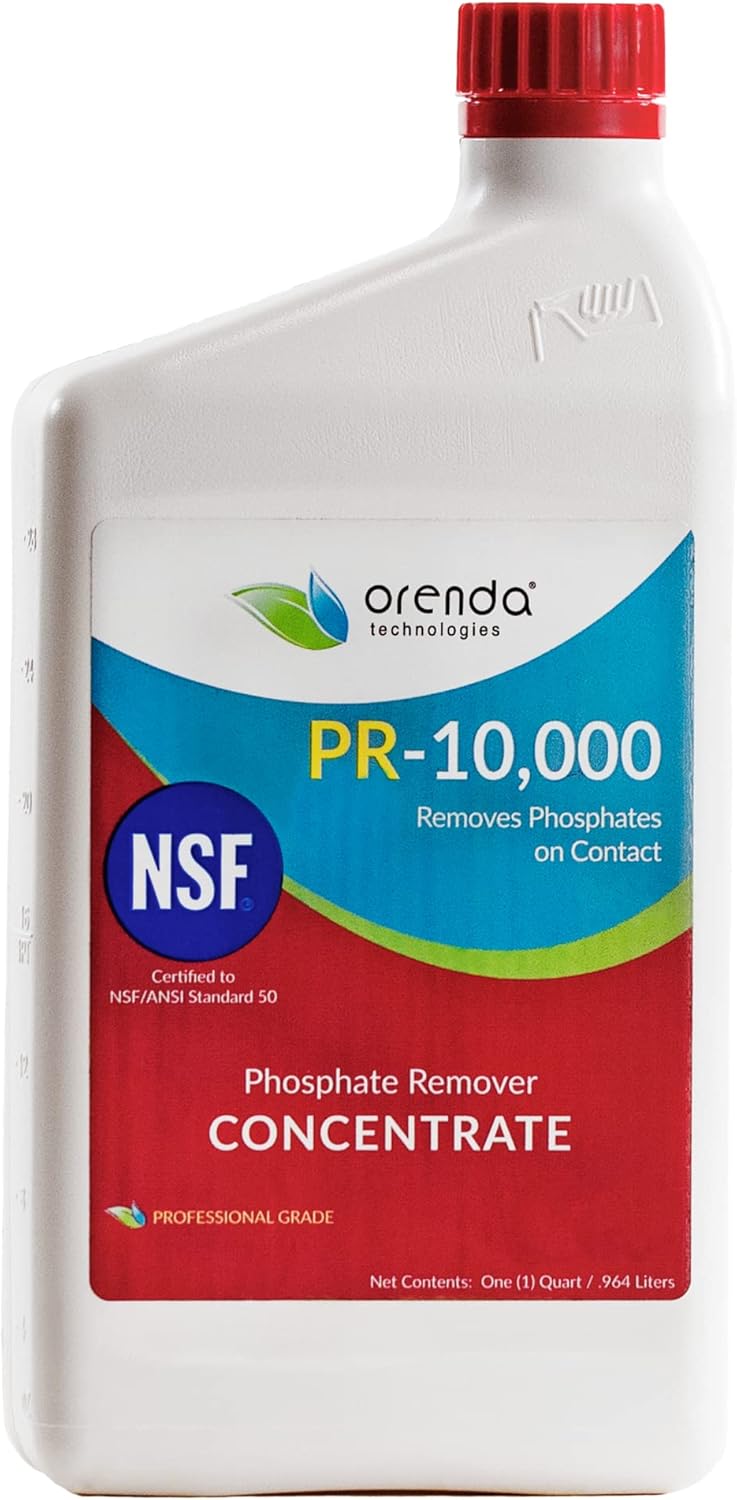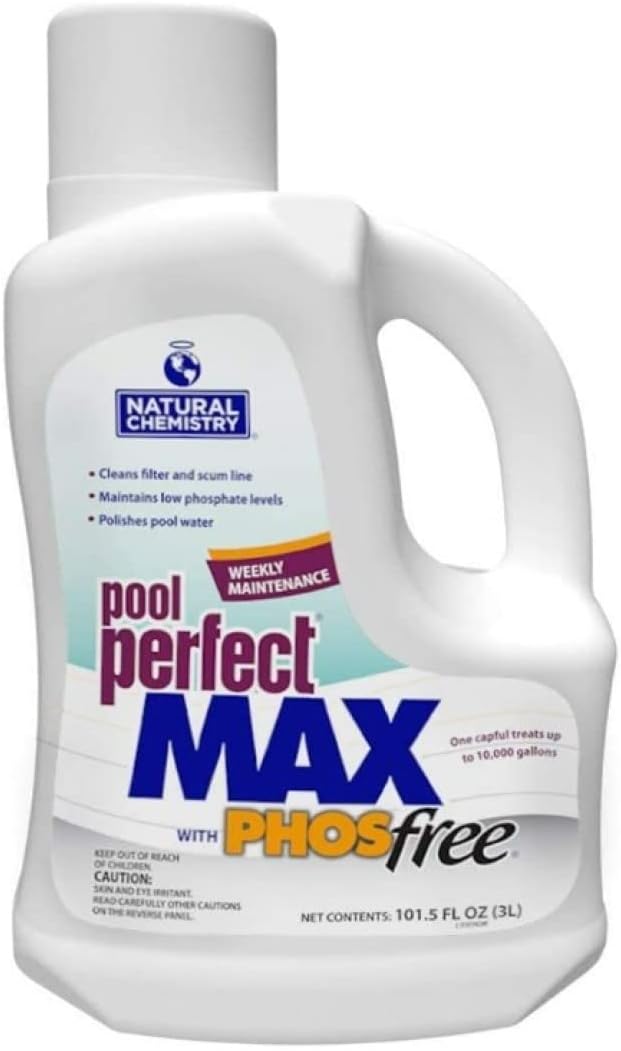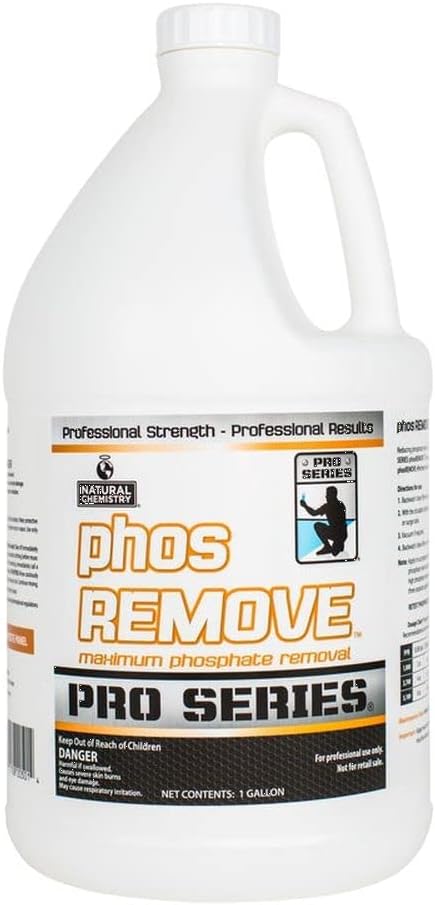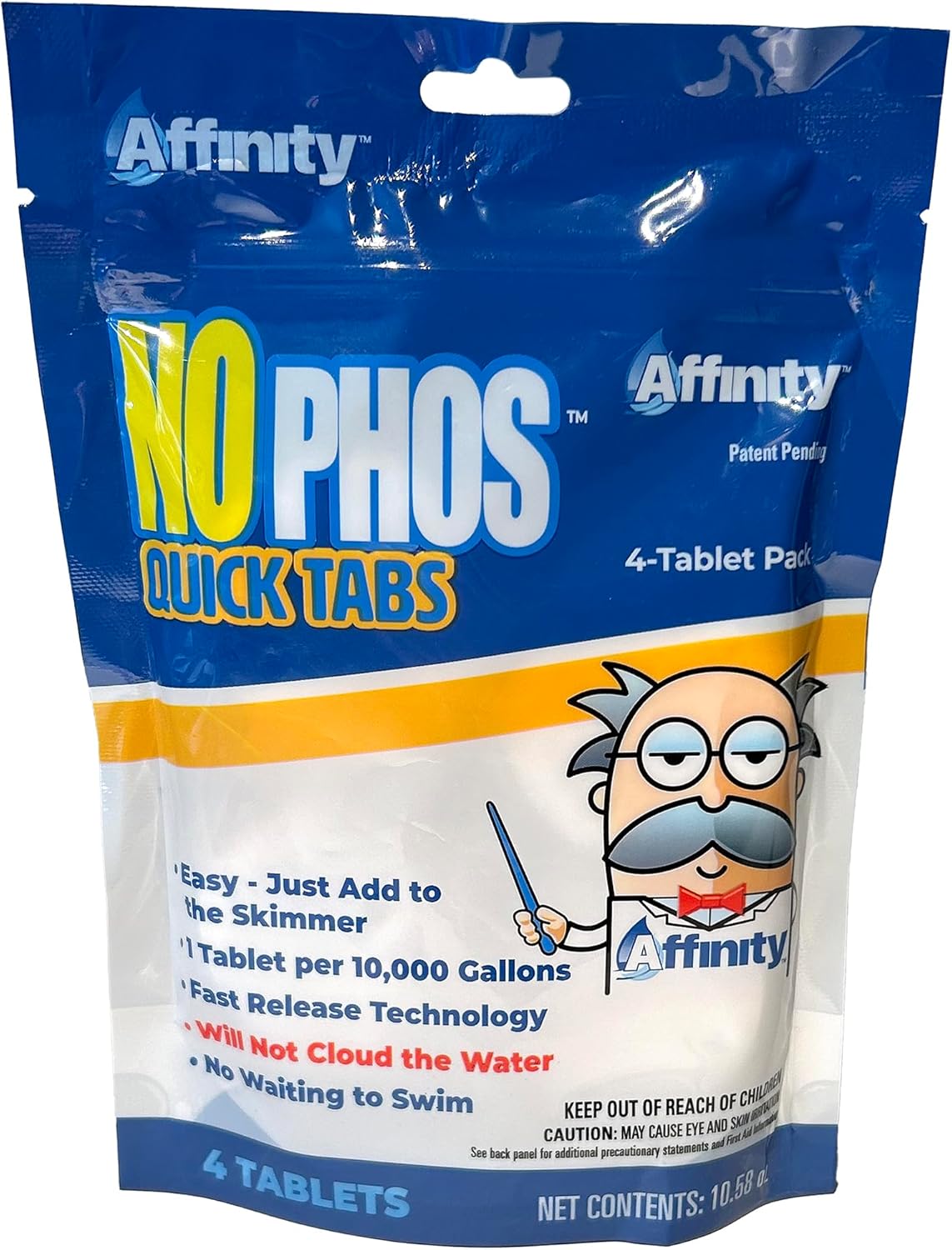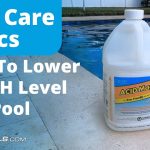Phosphates are a common issue in swimming pools and can lead to various problems such as algae growth, cloudy water, and difficulty in maintaining chlorine levels. Lowering phosphates in your pool is essential for keeping the water clean and clear. In this article, we will discuss effective methods to reduce phosphates in your pool and maintain optimal water quality.

Credit: weberpools.com
Phosphate Remover For Safe And Refreshing Excitement
Understanding Phosphates in Pool Water
Phosphates are a nutrient source for algae, and when present in high levels in pool water, they can lead to persistent algae blooms. Phosphates can enter the pool from various sources including fertilizers, rainwater, and even some pool chemicals. When phosphates are not managed effectively, they can create an environment that is conducive to algae growth, making it challenging to maintain a clean and clear pool.

Credit: www.reddit.com
Testing for Phosphates
The first step in addressing high phosphate levels in your pool is to test the water to determine the current phosphate concentration. There are test kits available that can provide accurate readings of phosphate levels in your pool water. Once you have determined the phosphate levels, you can take appropriate steps to lower them.
Methods to Lower Phosphates in Pool
1. Use Phosphate Remover
One of the most effective ways to lower phosphates in your pool is by using a phosphate remover. These products work by binding to the phosphates in the water, making them easier to filter out. Phosphate removers are available in liquid, granular, or tablet forms and can be added directly to the pool water. Follow the manufacturer’s instructions for the proper dosage and application.
2. Regular Backwashing And Cleaning
Regular backwashing of the pool filter and thorough cleaning of the pool surfaces can help remove organic and inorganic debris that may contain phosphates. By keeping the pool clean and maintaining the filtration system, you can prevent the buildup of phosphates and other contaminants that contribute to poor water quality.
3. Use A Pool Clarifier
Pool clarifiers help in improving water clarity by coagulating small particles into larger clumps that can be easily filtered out. By using a pool clarifier, you can effectively remove phosphates and other impurities from the water, leading to a cleaner and healthier pool environment.
4. Reduce External Sources Of Phosphates
Identifying and reducing external sources of phosphates can help in preventing their entry into the pool. For example, minimizing the use of lawn fertilizers and being mindful of runoff from surrounding areas can help in lowering the phosphate levels in the pool water.
5. Maintain Proper Water Chemistry
Properly maintaining the pool’s water chemistry, including the pH, alkalinity, and chlorine levels, is crucial for preventing algae growth and maintaining clear water. By ensuring that the water chemistry is balanced, you can create an environment that is less conducive to the growth of algae and other contaminants.
Benefits of Lowering Phosphates in Pool
Lowering phosphates in your pool offers several benefits, including:
- Preventing algae growth
- Improving water clarity
- Reducing the need for excessive chlorine
- Enhancing overall water quality
- Creating a healthier and more enjoyable swimming environment
Conclusion
Managing phosphate levels in your pool is essential for maintaining a clean, clear, and healthy swimming environment. By employing the methods mentioned above and staying proactive in your pool maintenance, you can effectively lower phosphates and enjoy a pristine pool that is free from algae and other water quality issues.
Remember to regularly test your pool water for phosphates and take appropriate measures to address any elevated levels. By doing so, you can ensure that your pool remains an inviting and refreshing oasis for you and your family to enjoy.


